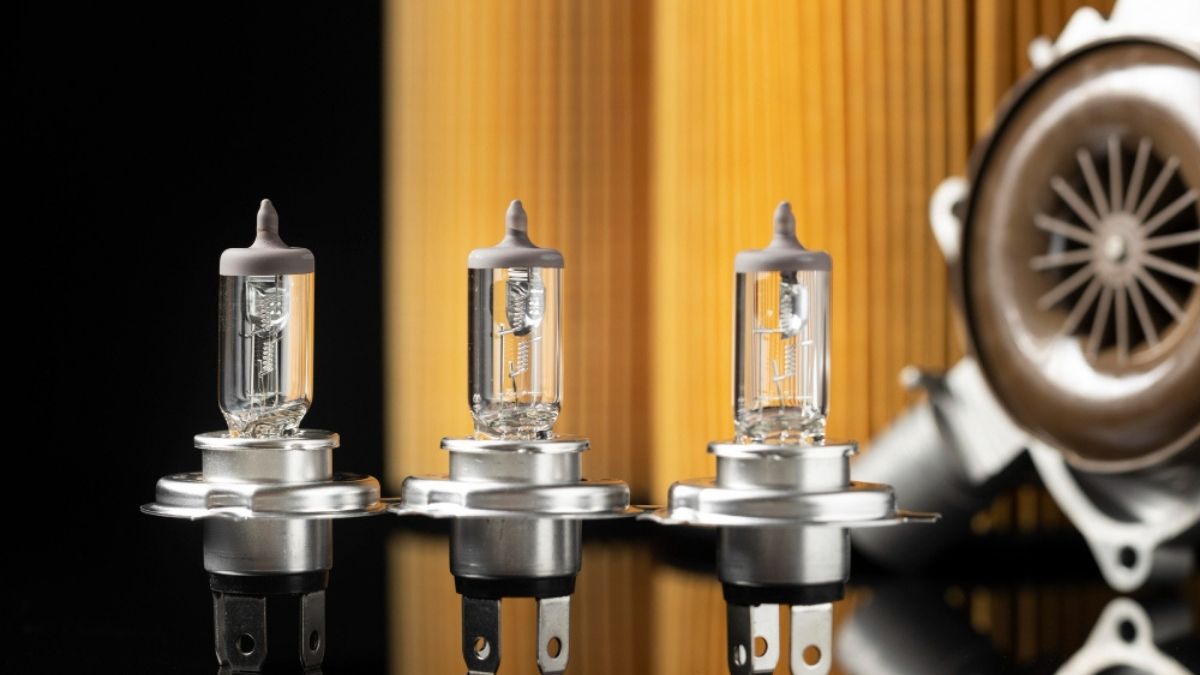The Audi 5 Cylinder 10V Turbo Valve Shims is one of the most legendary powerplants ever produced by the brand. From rally stages to classic street cars, this engine is praised for its reliability, unique exhaust tone, and strong performance potential. Yet, one of the most overlooked aspects of maintaining or rebuilding this classic engine is the valve shim adjustment.
This article dives deep into the importance of Audi 5 Cylinder 10V Turbo Valve Shims, covering how they work, why they matter, and how proper adjustment can transform your driving experience.
1. The Legacy of the Audi 5 Cylinder 10V Turbo Valve Shims
Before we get into the technicalities of valve shims, it’s worth appreciating the heritage of Audi 5 Cylinder 10V Turbo Valve Shims.
-
Rally dominance: The 10V turbo powered iconic cars like the Audi Quattro, which changed motorsport history in the Group B era.
-
Street performance: Models like the Audi 200 Turbo and Coupe Quattro carried the same DNA to the road.
-
Cult following: Even decades later, the engine remains popular among enthusiasts for its durability and tuning potential.
The engine’s charm lies in its balance of mechanical simplicity and performance capability, which makes it a joy to rebuild, restore, and tune.
2. Understanding Audi 5 Cylinder 10V Turbo Valve Shims
What Are Valve Shims?
Valve shims are thin, precision-machined discs placed between the camshaft and the valve tappets. Their role is to set valve clearance, which is the tiny gap that ensures the valve opens and closes properly without excessive friction or binding.
Why Does Valve Clearance Matter?
-
Too tight: Valves may not seat fully, leading to compression loss and burnt valves.
-
Too loose: Causes noisy operation, reduced efficiency, and potential camshaft wear.
In the Audi 5 Cylinder 10V Turbo Valve Shims, maintaining proper clearance with correctly sized shims is critical for both performance and longevity.
3. How Valve Shims Affect Performance
The Audi 5-cylinder turbo is a high-performance engine that thrives on precision. The valve shims directly impact:
-
Combustion efficiency – Ensuring valves seal correctly for proper compression.
-
Turbo response – Poor clearance can reduce airflow efficiency.
-
Engine life – Protects cam lobes, valve seats, and tappets from premature wear.
-
Idle quality – Proper adjustment eliminates rough idling or misfires.
A well-adjusted valve train can make the difference between an engine that feels sluggish and one that delivers crisp throttle response and smooth acceleration.
4. Symptoms of Incorrect Valve Shim Clearance
If your Audi 10V turbo hasn’t had its shims checked in a long time, you might notice:
-
Ticking or tapping noises from the valve cover area.
-
Rough idle or occasional misfires.
-
Loss of power, especially at higher RPMs.
-
Increased fuel consumption.
-
Difficulty starting in some cases.
Ignoring these symptoms can result in serious damage, such as burnt valves or worn camshafts.
5. Measuring and Adjusting Valve Shims
Tools Needed
-
Feeler gauge (for measuring valve clearance).
-
Micrometer or caliper (for measuring shim thickness).
-
A set of replacement valve shims.
-
Torque wrench and basic hand tools.
Step-by-Step Process
-
Remove the valve cover to expose the camshaft and tappets.
-
Rotate the engine to bring each valve to the correct measurement position.
-
Use a feeler gauge to check the clearance between the cam lobe and shim.
-
Compare measurements to factory specifications for intake and exhaust valves.
-
Replace shims as needed with the correct thickness.
-
Re-check clearance after installation.
This is a meticulous process, but once completed, it restores the engine to factory precision
6. Factory Specifications for Audi 5 Cylinder 10V Turbo Valve Shims Clearance
The exact valve clearance specifications vary slightly depending on model year and version, but typical factory values are:
-
Intake valves: 0.20 – 0.30 mm
-
Exhaust valves: 0.40 – 0.50 mm
Always consult your Audi service manual for precise specs.
7. Common Mistakes in Valve Shim Adjustment
-
Using worn shims instead of replacing with new ones.
-
Incorrect measurements from a dirty or poorly calibrated feeler gauge.
-
Skipping re-checks after installation.
-
Mixing intake and exhaust specs during adjustment.
Attention to detail is essential—rushing the process can undo all your hard work.
8. Valve Shims vs. Hydraulic Lifters
Modern Audi engines typically use hydraulic lifters, which automatically adjust clearance. So why did the 10V turbo use shims?
-
Reliability under high boost: Mechanical shims maintain precise tolerances even under extreme turbo pressures.
-
Simplicity: Fewer failure points compared to hydraulic systems.
-
Performance tuning: Tuners often prefer shim-based systems for exact control.
The downside, of course, is the need for periodic manual adjustment.
9. The Role of Audi 5 Cylinder 10V Turbo Valve Shims in Tuning
For enthusiasts looking to push the Audi 5 Cylinder 10V Turbo Valve Shims beyond stock performance, valve shim adjustment is an often-overlooked step. Proper clearance can:
-
Prevent valve float at high RPMs.
-
Maximize airflow under increased boost.
-
Improve combustion efficiency for more power.
-
Enhance reliability when pushing turbo limits.
Pairing correct shim adjustment with upgrades like performance camshafts, larger turbos, and ECU tuning unlocks the engine’s full potential.
10. Finding Replacement Audi 5 Cylinder 10V Turbo Valve Shims
One challenge many restorers face is sourcing the correct shims. Options include:
-
OEM Audi parts – Sometimes still available for classic models.
-
Aftermarket suppliers – Several performance parts companies offer shim kits.
-
Custom machining – Local machine shops can grind shims to precise thickness.
-
Shim exchange programs – Some enthusiast communities trade or swap sizes.
Keeping a variety of shim sizes in your workshop saves time and ensures precision.
11. Long-Term Maintenance Tips
To keep your Audi 10V turbo running strong:
-
Check valve clearances every 30,000–40,000 miles.
-
Use high-quality engine oil to reduce wear on cam lobes and tappets.
-
Inspect camshaft condition during every adjustment.
-
Keep the engine properly tuned to avoid unnecessary valve stress.
Regular maintenance here pays off in performance, reliability, and engine longevity.
12. The Enthusiast Community and Knowledge Sharing
The Audi 5 Cylinder 10V Turbo Valve Shims community is one of the strongest enthusiast groups in the world. Forums, clubs, and online groups often share detailed shim charts, DIY guides, and sourcing tips. Being part of this network makes maintenance easier and keeps the spirit of these cars alive.
13. Conclusion – Why Valve Shims Matter
The Audi 5 Cylinder 10V Turbo Valve Shims is more than just an engine—it’s a piece of automotive history. Its unique sound, turbocharged power, and motorsport pedigree make it an enthusiast favorite. But like any performance machine, it demands attention to detail.
Valve shim adjustment may seem like a small task, but it has a massive impact on performance, efficiency, and longevity. Whether you’re restoring a classic Quattro, tuning an Audi 200 Turbo, or simply keeping your 10V running smoothly, taking the time to get valve shims right ensures your engine lives up to its legendary reputation.
For tuners, restorers, and enthusiasts alike, this is one of the most rewarding maintenance tasks—because when done correctly, it brings the Audi 10V turbo roaring back to life.






